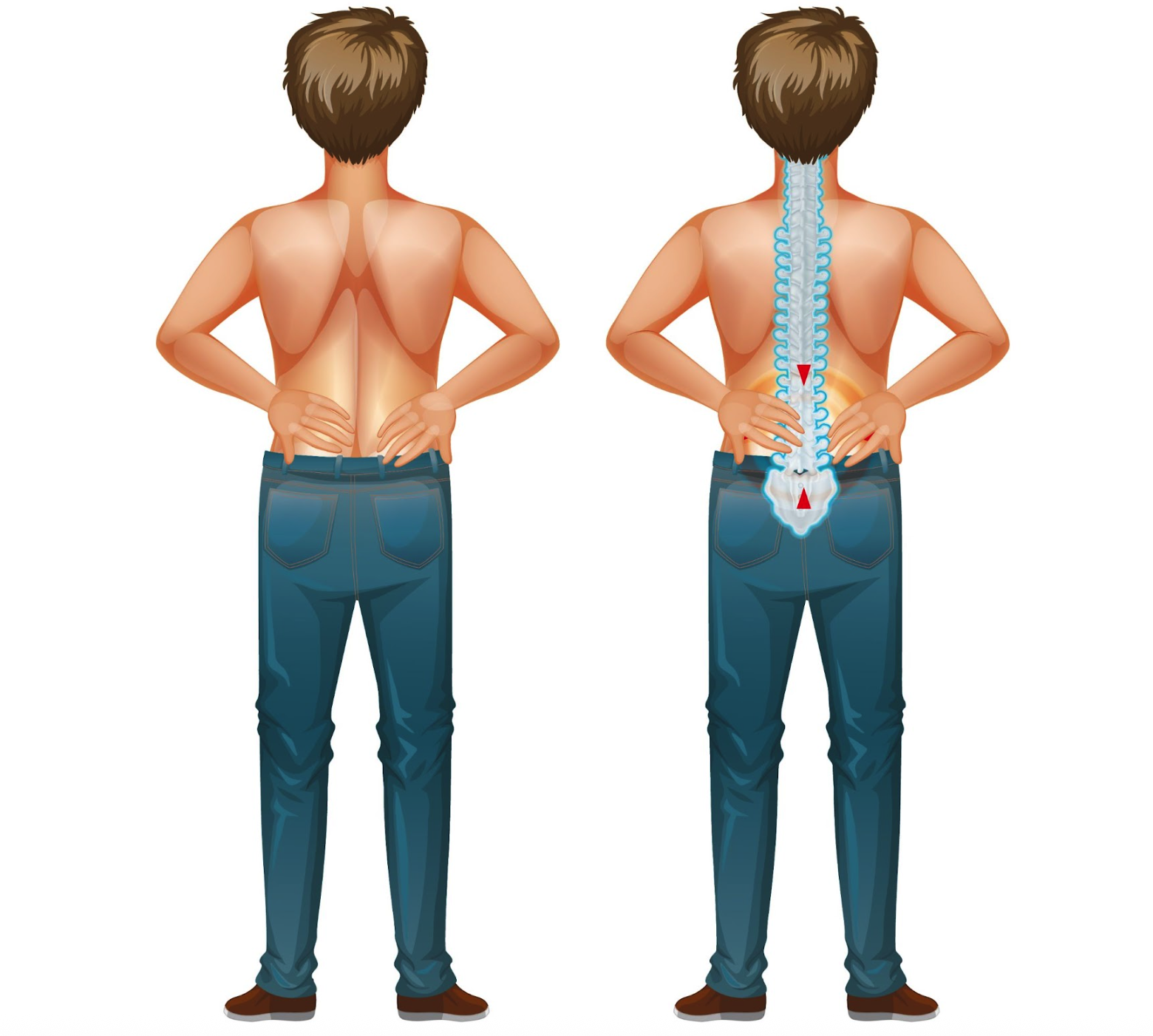
Scoliosis is a condition where the spine curves abnormally to the side, often forming an “S” or “C” shape instead of a straight line. While mild cases may go unnoticed, severe scoliosis can cause pain, breathing difficulties, and mobility challenges. It commonly develops during childhood or adolescence but can also affect adults. Early diagnosis is key to effective treatment, ranging from observation and bracing to surgical correction. With expert care, scoliosis can be managed, allowing patients to lead active, healthy lives.
Scoliosis is a spinal disorder characterised by an abnormal sideways curvature of the spine. Unlike poor posture or temporary spinal changes, scoliosis involves a structural alteration in the bones of the spine (vertebrae).
The condition can range from mild curves, which may require only monitoring, to severe deformities that affect posture, breathing, and overall health. While scoliosis is most commonly identified in children and teenagers during growth spurts, it can also develop in adults due to degeneration of the spine, injuries, or other medical conditions.
SPARSH Hospitals, recognised as one of the best orthopaedic hospitals in Bangalore, offers advanced diagnostic facilities and comprehensive scoliosis management by some of the best orthopaedic doctors in Bangalore.
Scoliosis is not a one-size-fits-all condition. It can appear in different forms, depending on the age of onset and underlying causes. The main types of scoliosis include:
The most common type, especially in adolescents, has no clear cause. It is often detected during school health checkups or when parents notice uneven shoulders or hips.
This type develops before birth due to spinal abnormalities that occur during fetal development. Children with congenital scoliosis may show symptoms earlier than those with idiopathic scoliosis.
Associated with neurological or muscular disorders such as cerebral palsy, muscular dystrophy, or spinal cord injuries. Muscle weakness and imbalance contribute to spinal curvature.
Usually affects older adults due to wear-and-tear changes in the spine, arthritis, or osteoporosis. It can cause back pain and stiffness along with spinal curvature.
Unlike structural scoliosis, this type is caused by an external issue—such as unequal leg length or muscle spasms—that temporarily affects spinal alignment.
The cause of scoliosis depends on the type. In many cases, especially idiopathic scoliosis, the exact cause remains unknown. However, common factors include:
The symptoms of scoliosis can vary depending on the severity of the spinal curve. Some cases are so mild that they are only detected during routine checkups, while others present visible signs and physical discomfort.
Recognising the signs of scoliosis in children early is crucial, as timely intervention can prevent progression.
Doctors at SPARSH Hospitals use advanced techniques to confirm scoliosis, including:
Treatment depends on the type, severity, and age of the patient. Options include:
Mild curves (less than 20 degrees) often require regular monitoring, especially in children who are still growing.
In adolescents with moderate scoliosis, braces can prevent worsening of the curve. While bracing cannot reverse scoliosis, it is highly effective in stopping progression during growth spurts.
Exercise and strengthening programs can improve posture, reduce pain, and maintain spinal flexibility.
For adults with degenerative scoliosis, pain relief may involve anti-inflammatory medications, muscle relaxants, or targeted injections.
In severe cases where the spinal curve exceeds 40–50 degrees, surgery may be necessary. The most common procedure is spinal fusion, where vertebrae are fused together using rods, screws, and bone grafts to correct the curve and stabilise the spine.
SPARSH Hospitals is known for advanced spine surgery facilities and expert orthopaedic surgeons who specialise in complex spinal procedures.
While scoliosis cannot always be prevented, especially the congenital or idiopathic types, lifestyle measures help manage symptoms:
Consult a doctor if you or your child notice:
Visiting the best orthopaedic hospital in Bangalore, like SPARSH, ensures timely diagnosis and effective treatment. The team of the best orthopaedic doctors in Bangalore provides specialised care for scoliosis patients, from early detection to advanced surgical interventions.
Scoliosis is more than just a spine condition—it can affect posture, confidence, and overall health if left untreated. Early detection, accurate diagnosis, and proper treatment are essential for managing scoliosis effectively. With treatment options ranging from observation and bracing to advanced spine surgery, patients can look forward to improved quality of life.
SPARSH Hospitals stands at the forefront of scoliosis care, offering expert consultation, world-class facilities, and compassionate care to patients of all ages. If you notice any signs of scoliosis in children or adults, don’t delay—consult an orthopaedic specialist today.
Scoliosis is a condition where the spine curves abnormally sideways, often forming an “S” or “C” shape. It can affect children, teenagers, and adults.
Common symptoms of scoliosis include uneven shoulders, visible spinal curvature, back pain, fatigue, and in severe cases, breathing difficulties.
The main types of scoliosis include idiopathic, congenital, neuromuscular, degenerative, and functional scoliosis.
Mild scoliosis may not need treatment, while moderate to severe cases can be managed with bracing or surgery. While there is no permanent “cure” for all cases, effective treatments can stop progression and improve quality of life.
SPARSH Hospitals, known as the best orthopaedic hospital in Bangalore, offers advanced scoliosis care with some of the best orthopaedic doctors in Bangalore, specialising in spine treatment and surgery.
3 Mins Read
Categories: Orthopedics
Scoliosis: What It Is, Types, Causes, Symptoms & Treatment is available for appointments. Please fill the below form to book an appointment.
Unlock the door to exceptional healthcare, book an appointment with SPARSH Hospital and let your journey to wellness begin.